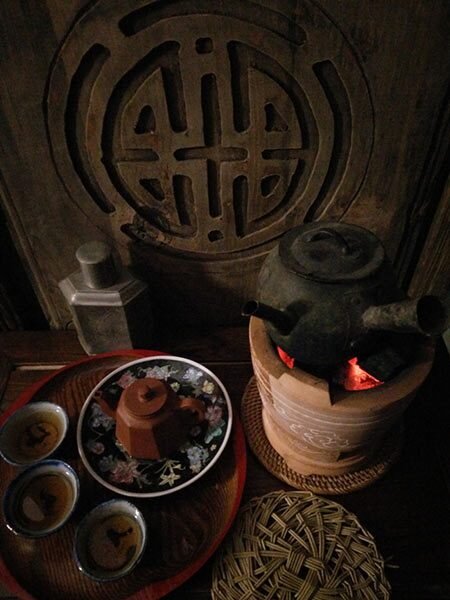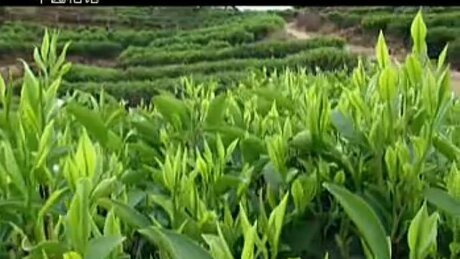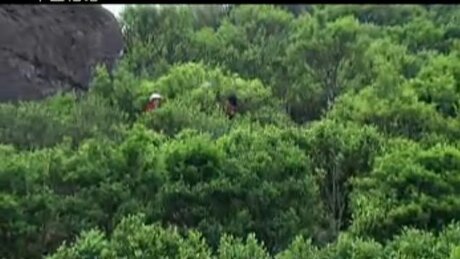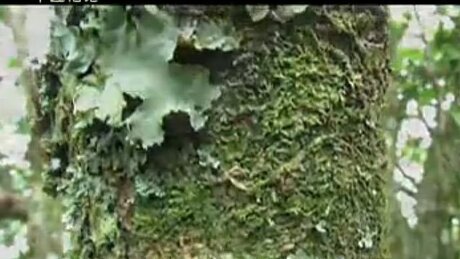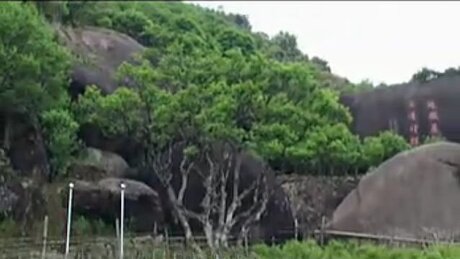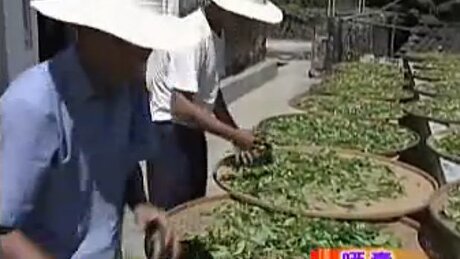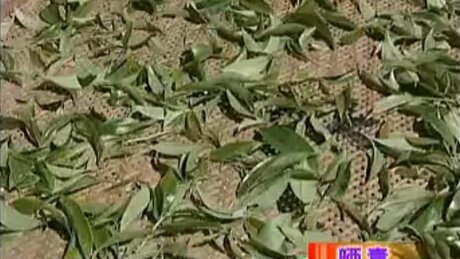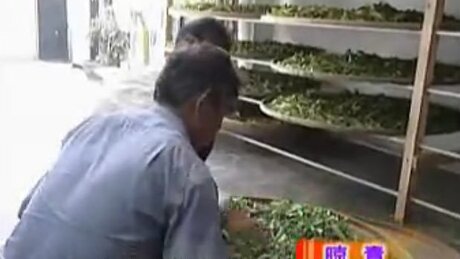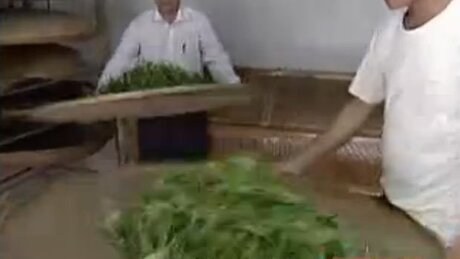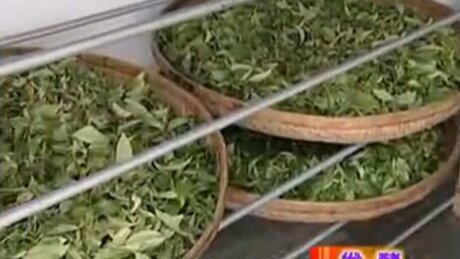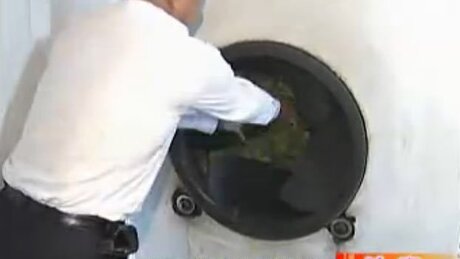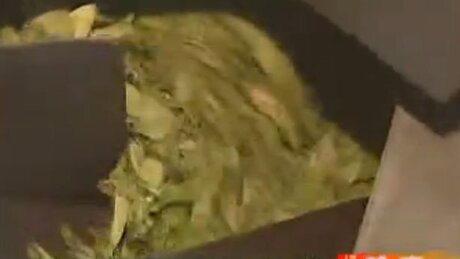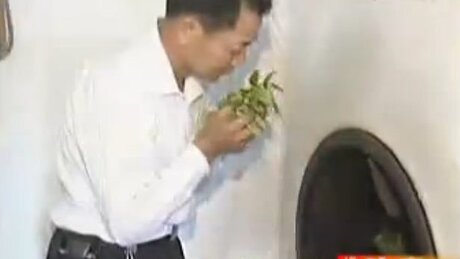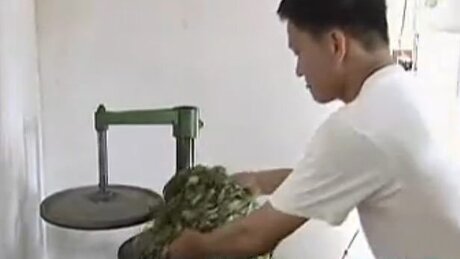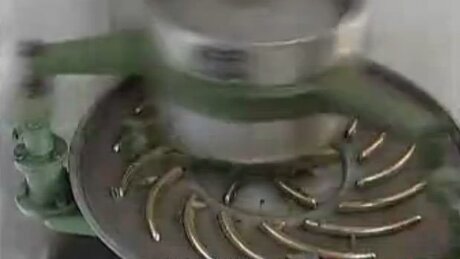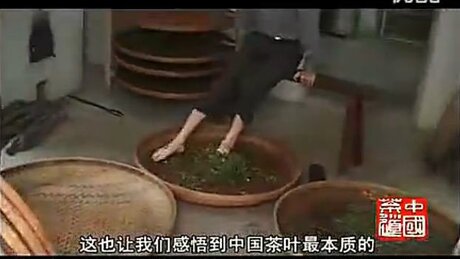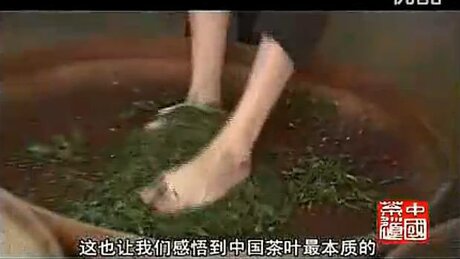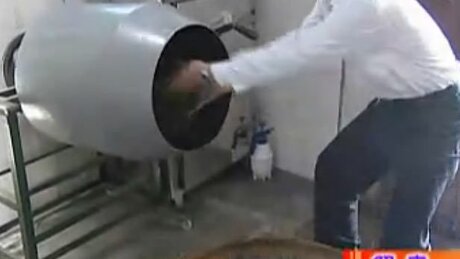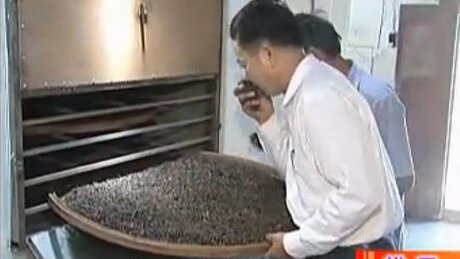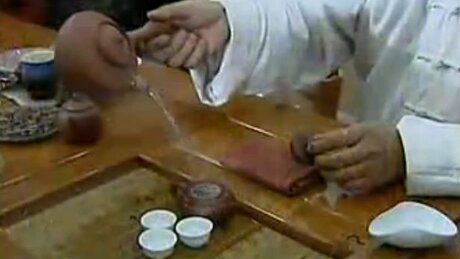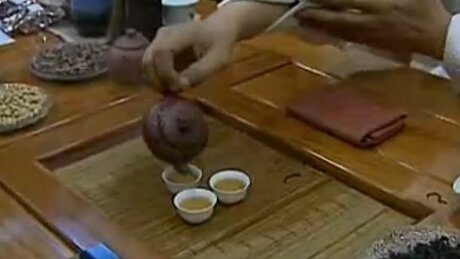Guangdong tea is in repute since ancient times. Here tea tree is referred to as «Song» for in 10-12 century the tea has been rendered as a gavel to the emperor of Song dynasty thereby conducing advanced development of tea production in the area.
According to the legend one of Song dynasty emperors once has been travelling through Guangdong province. In doldrums he was. Affairs in the empire were going bad, intrigues at court and misfortune in battles made the ruler very upset. In one village he was offered some splendid tea. The brew cheered up, gave vigor to body and spirit making feel able to move mountains. After a short stay in the village the emperor recovered his poise and became full of determination. He ordered to plant tea trees all over the neighboring hills and to deliver the best tea to his palace. This is how Guangdong tea production developed, and until now teas from that area rejoice body and mind with its fragrance of flowers and strong taste.
«Single Bush» tea is indeed very powerful and uncommonly redolent. There is a special ceremony practiced in the province. Teapot full of marvelous large tea leaves is steeped with hot water boiled on wood fire. Intense infusion is served in small one-sip tea cups. And this sip of concentrated flavor, astringent and fragrant, immediately induces the storm of feelings both physiological and emotional.
There are 10 basic tea flavors distinguished in Guangdong: honey, magnolia, blueflag, osmanthus, honey orchid, ginger, jasmine, tuberose, almond and cinnamon. The name of «Single Bush» is told to originate from different flavor inherent to each individual bush. This is true to some extent, however the name is determined by specific features of the tree as «Single Bush» are more of trees after all. Local cultivar of tea tree has an unusual structure: one root system, short stem and vast number of branches. At a first glance it looks like a tousle of tea bushes which appear to be a single tree.
The tea is harvested in different seasons. Spring tea is highly valued for intense flavor and bright aroma. Autumn and winter gathers are less estimable.
The older the tree the more it is valued. These teas are special and not to be mixed with leaves from young trees.
The name of “single bush” oolong originates from the tree type wherefrom it is harvested. It looks like multiple trees but is in fact a single one.
A large amount of leaves is at once loaded into the unit. The tea is pressed down to the lower platform and in circular motion is rubbed against its surface.
Tea can be brewed by regular steepings with normal concentration. It uses 7 grams of tea per 100ml. Porcelain and Yixing clay tea-ware both fit for the purpose. You may brew the tea by local «chaozhou» method. Therefor a teapot is stuffed with tea which is brewed by rapid steeping with boiling water. The resulting concentration of the drink is high. Such brewing will hardly be enjoyable for everybody.
For all oolongs first steeping is discarded to let tea leaves uncurl and wash away powder of the broken leaf.
The tea can be stored for several years. Its aging is not a common practice however it does not spoil through years. Seal the package and store the tea at room temperature away from direct sunlight and it will rejoice you for many a year.
Illustrated by screenshots from film 凤凰茶制作.

